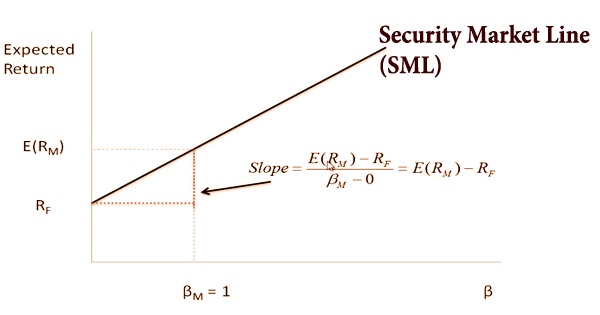Index Number
An index number is a number, which indicates the relative value of money from the prices of a limited number of goods at some standard date. It is the measure of the change in a variable (or group of variables) over time. It is a technique of measuring changes in a variable or group of variables with respect to time, geographical location, or other characteristics. They are a useful way of expressing economic data time series and comparing/contrasting information.
Index numbers are intended to measure the degree of economic changes over time. It is typically used in economics to measure trends in a wide variety of areas including – stock market prices, cost of living, industrial or agricultural production, and imports. The value of money does not remain constant over time. It rises or falls and is inversely related to the changes in the price level. Index numbers are important in economic statistics. A rise in the price level means a fall in the value of money and a fall in the price level means a rise in the value of money. Thus, changes in the value of money are reflected by the changes in the general level of prices over a period of time. Changes in the general level of prices can be measured by a statistical device known as ‘index number.’ In simple terms, an index (or index number) is a number displaying the level of a variable relative to its level (set equal to 100) in a given base period. For example, we are not able to directly measure changes in a country’s business activity.
Types of Index Numbers
- Simple Index Number: A simple index number is a number that measures a relative change in a single variable with respect to a base.
- Composite Index Number: A composite index number is a number that measures the average relative change in a group of relative variables with respect to a base.
- Price index Numbers: Price index numbers measure the relative changes in prices of a commodity between two periods. Prices can be either retail or wholesale.
- Quantity Index Numbers: These types of index numbers are considered to measure changes in the physical quantity of goods produced, consumed, or sold of an item or a group of items.
Characteristics of index numbers:
- They are specialized averages.
- These measure the change in the level of a phenomenon.
- These measure the effect of changes over a period of time.
















